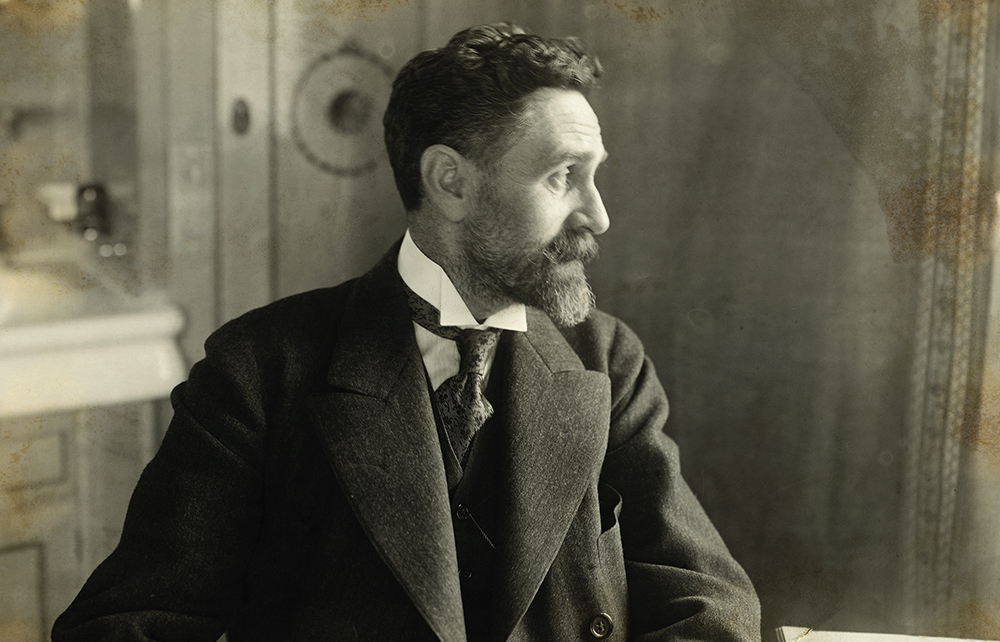Telling the story of Sir Roger Casement’s life is a challenge for any biographer. In the land of his birth, he is remembered as a national hero. His remains lie in the Glasnevin Cemetery in Dublin beside the graves of Daniel O’Connell and Charles Stewart Parnell. He is there because he was hanged in Pentonville Prison in August 1916 as one of the leaders of the Easter Rising. The awkward fact that Casement had become opposed to the Rising and had tried to prevent it does not fit either the heroic Irish narrative of his life or the official English account of the wartime traitor who died on the gallows.
Casement landed near Tralee, knowing that the rebellion was doomed to failure and hoping to stop it
Taken on its own terms the armed uprising in Dublin on Easter Monday 1916 was a catastrophic failure. Since there were on that morning 150,000 Irishmen serving with the British forces in France, widespread popular support was unlikely to be available. Many of the 1,550 volunteers who took part were convinced that they would be supported by the landing of German troops and artillery. By the end of the week when the rebels surrendered, large parts of central Dublin had been destroyed by shelling; 450 Dubliners had died and a further 2,600 civilians had been wounded. Fifteen of the rebel leaders were promptly court-martialled and shot.
Casement had been principally responsible for the hopes of German intervention since he had spent the previous two years in Berlin, vainly attempting to recruit volunteers from the ranks of Irish prisoners of war. He was landed near Tralee, in the south-west, from a German submarine on Good Friday, knowing that the rebellion was doomed to failure and hoping to stop it. Instead, he was arrested and taken to London, where he arrived the day before the uprising broke out.







Comments
Join the debate for just £1 a month
Be part of the conversation with other Spectator readers by getting your first three months for £3.
UNLOCK ACCESS Just £1 a monthAlready a subscriber? Log in